The aircraft we are presenting today has not only served as the bombing aircraft but also as a reconnaissance and an aerial refueling tanker. The name of this aircraft is Handley Page Victor which served for the British Royal Air Force after it was designed and manufactured by the Handley Page Aircraft Company back in the early 50s. The aircraft served the Riyal air Force as their strategic bomber during the era of the Cold War. The Handley Page Victor is the third and the final of the V-bombers to be operated by the RAF with the other two being the Vickers Valiant and the Avro Vulcan.
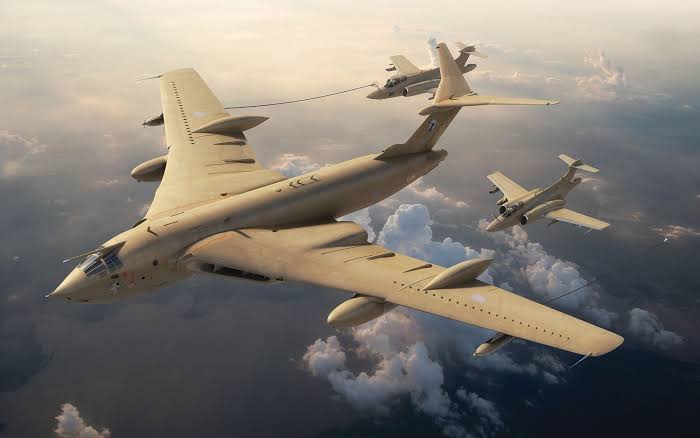
The main reason behind the creation of Handley Page Victor was to serve as the UK’s nuclear deterrent but had to be retired from this role back in 1968 after there were fatigue cracks found in its design following a nuclear mission.
After serving its bomber roles for quite a few years, many of the Handley Page Victors were then transformed to serve the role of a strategic reconnaissance aircraft. For this, the aircraft was modified and equipped with various radars, sensors, and cameras. Then in 1969, RAF decided to covert this strategic bomber slash re9ocnsisnace aircraft into their aerial refueling tanker.
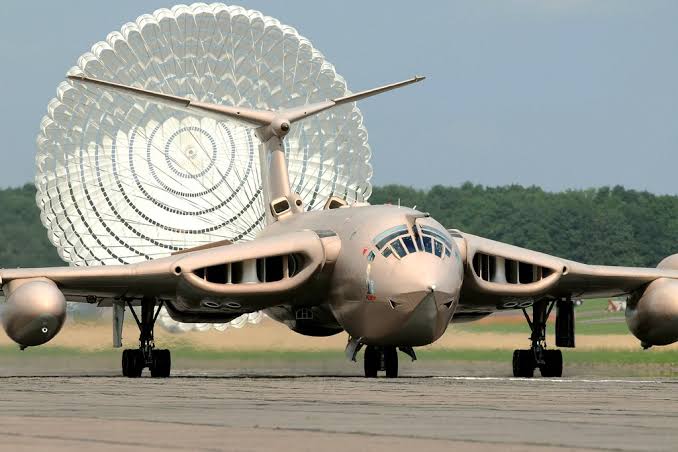
The aircraft is known to be the last of the V-Bombers to have retired with the last Handley Page Victor retiring back on October 15th, 1993. For replacing the refueling role held by Handley Page Victor, Lockheed Tristar and Vickers VC10 were used.
Today, we ring to our readers, a few of the lesser-known amazing facts about the Handley Page Victor; the bomber and aerial refueling tanker.
Development:-
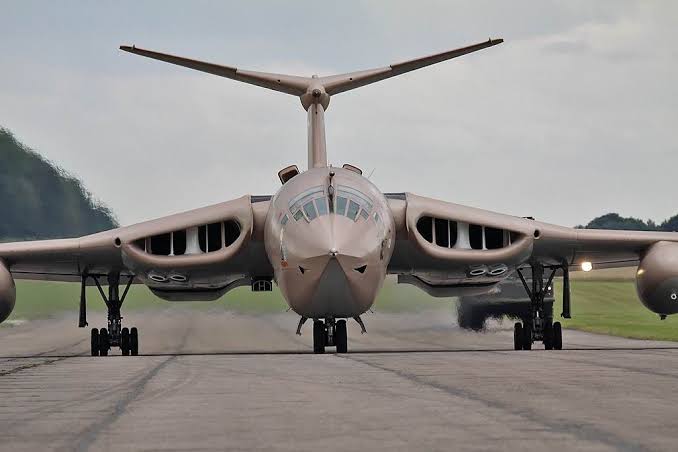
The Handley Page Victor was not always dubbed with this designation; instead, it started off with designation HP.80 to serve the role of an aircraft that can fly at high speed and at high altitudes. The distinct wings design of the Handley Page Victor was gained from the ingenious mind of Godfrey Lee, who had visited UK after the World War II ended and imparted the wisdom from the leftover plans of the German aircraft. The wing design is known as the Crescent Wing design and 2 prototypes of such designs were made back in 1948. Unfortunately, this aircraft crashed on its very first flight and a new prototype under the designation HP.88 was constructed which too got crashed during a flight on 26th August 1951.
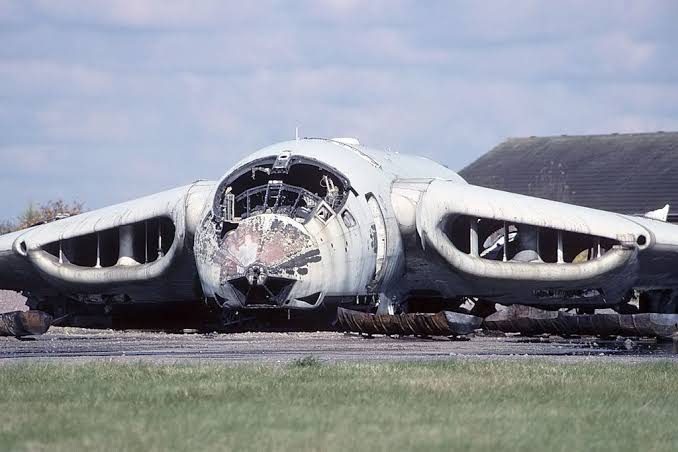
The shocking thing was that even when the first 2 prototypes of the Handley Page Victor were lost in the testing, UK ordered the creation for the initial batch of nearly 25 Handley Page Victor bombers.
First Flight:-
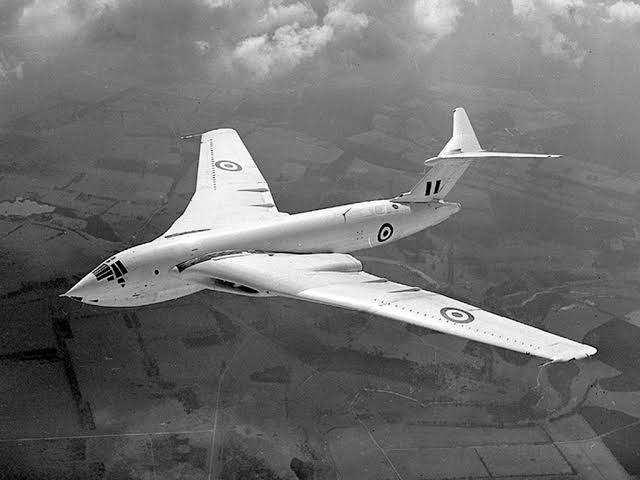
The very first flight of the Handley Page Victor’s prototype model HP.80 took its first successful flight on the day of Christmas back in 1952. This flight proved to be a success on the design modifications carried out on the Handley Page Victor. Then another crashed of the v occurred at the 1953’s Farnborough Air Show. This prompted the creation of new aircraft with an improved tail unit which was heavy. This resulted in the tail unit to be increased by 42 inches in length and the tail fins to be shortened for compensating this increase.
First Large Aircraft to break Speed of Sound:-

The first-ever mass production of the Handley Page Victor started back in 1956 and this was also the year when the flight testing was started by the UK. This led to many problems arise and with that newer and newer modifications were being made until finally a viable design and structure for the Handley Page Victor came into being.

This perfect Handley Page Victor took its first service flight back on 1st June 1957 and at that time, the aircraft flew at the top speed of 640 mph. this resulted in the Handley Page Victor to be the very first large-sized aircraft to have broken the speed of sound barrier.
The operational air force status for the Handley Page Victor was achieved in November of that same year.
Strategic Reconnaissance roles:-
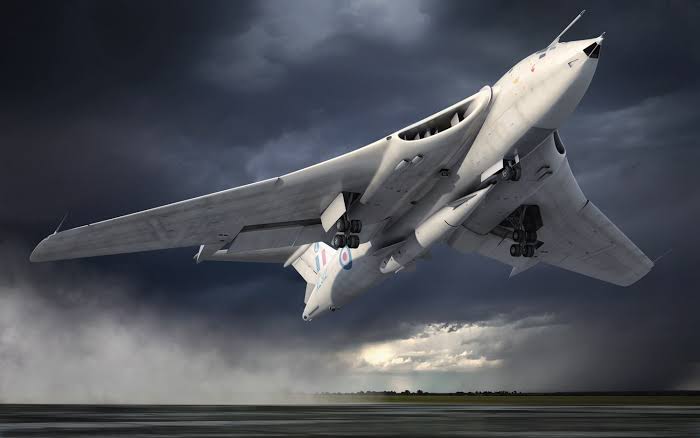
The officials in the RAF saw the potential of the Handley Page Victor as more of a strategic reconnaissance aircraft rather than a strategic bomber and this led to the creation of the Handley Page Victor to fulfill this role. This version of the Handley Page Victor was given the title SR.Mk.2. this led to the Handley Page Victor being fitted with radars, cameras, and sensors used for photographic and reconnaissance systems. The bombing bay of the Handley Page Victor was wide enough to hold in all this equipment. Nearly 9 of such SR.Mk.2 Handley Page Victors were created to serve the role of reconnaissance aircraft. They entered in service with the No. 543 Squadron.
Aerial Refueling tanker role:-
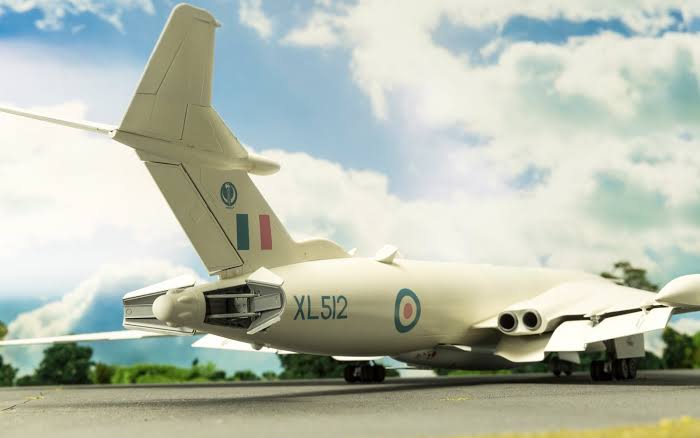
Later on, as the Handley Page Victors started to age, the RAF then decided to covert these large-sized aircraft as their aerial refueling tankers and the designation to such aircraft was BK. Mk 1. These aerial refueling Handley Page Victors started serving their role from July of 1975 with the No. 57 Squadron. This was the final role that the Handley Page Victor served in the RAF well until 1993 during the Iraq Invasion.
Total number of Handley Page Victor aircraft:-
UK’s RAF created a total of nearly 86 of the Handley Page Victor aircraft which served the roles of bombers, aerial refueling tankers and reconnaissance aircraft.
Powerplant:-
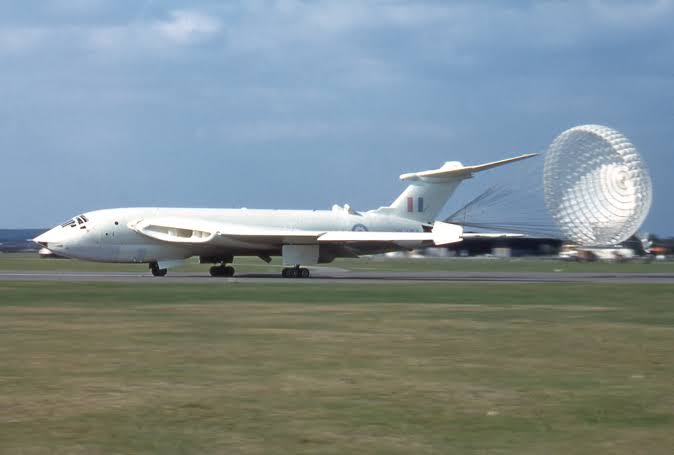
A single one of the Handley Page Victor was powered by 4 of the Rolls Royce RCo.11 Conway 103 turbojet engines. Each of these engines was able to generate a thrust of nearly 17250 lbs which caused the aircraft to fly at a maximum speed limit of 640 mph at an altitude of 52493 feet for a maximum range of 4598 miles. At that time in history, no other large-sized aircraft could match the speed and range of the Handley Page Victor.
Armament:-

As the Handley Page Victor was a conventional bomber aircraft, it could easily carry nearly 34 of the bombs which each weighed about 1000 lbs. just like the Boeing B-52 Superfortress, the Handley Page Victor was also able to perform the carpet bombing for suppressing the enemy formations and their structures with force. As for the munitions’ storage, they were held in the internal bombing bay which at times could be used for the additional fuel to increase the range of the aircraft.
The Handley Page Victor was also capable of carrying and releasing the nuclear ammunitions as well which was in fact, its primary role as a Nuclear Deterrent aircraft. This nuclear munition was dubbed as the “British Yellow Sun” which was a single Thermonuclear Bomb that had been inspired by American made nuclear weapons.
Retirement:-
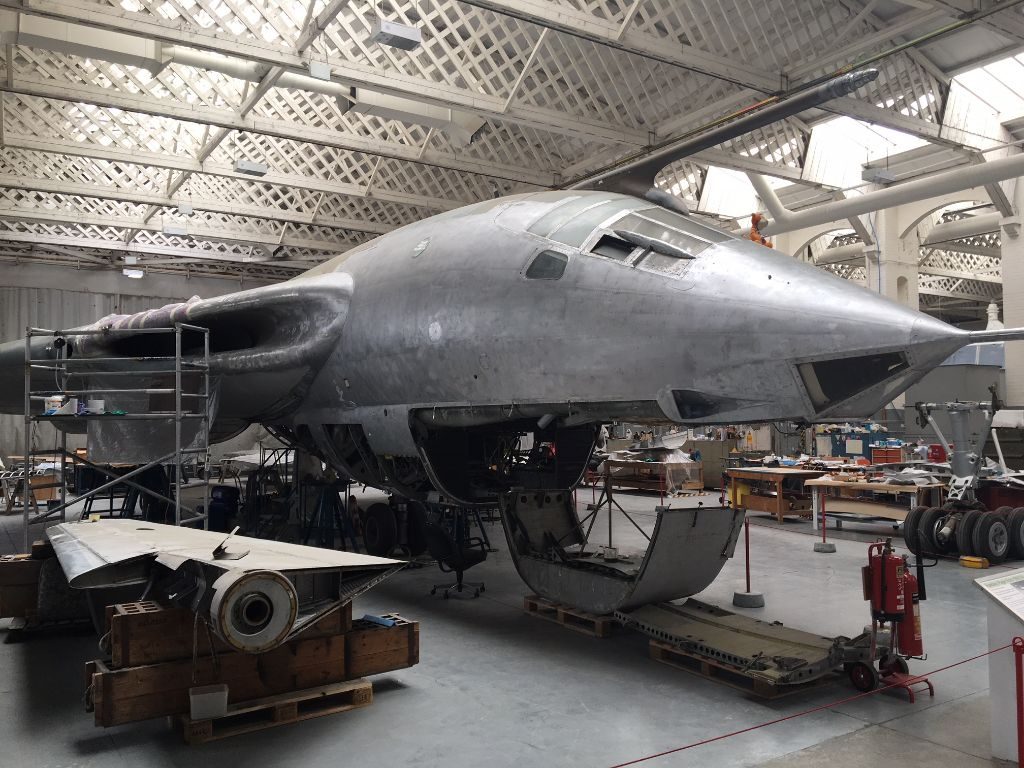
The end of an era for Handley Page Victor came back in 19993 where the Handley Page Victors served their roles of aerial refueling tanker for not only RAF fighters but also the US ones as well. Following that mission, the Handley Page Victor was officially retired from the active service of the RAF and was replaced by more advanced aircraft like Lockheed Tristar and the Vickers VC10.
Related Content
Amazing facts about the North American B-25 “Mitchell”; The World War II Bomber

